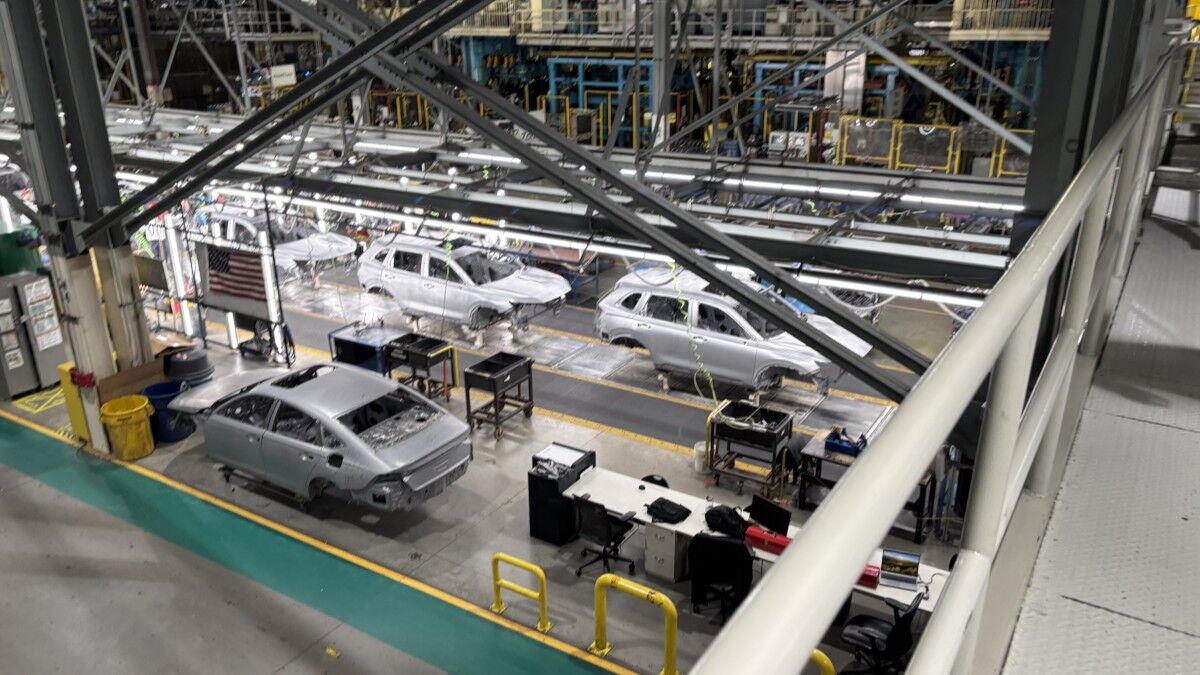Results of the latest survey compiled by the National Highway Transportation Safety Administration reveal that the number of deaths on U.S. roads fell to 32,367 in 2011. That figure reflects a 1.9-percent decrease from the 2010 total, and puts highway deaths at their lowest level since 1949.
Although high gasoline prices and the troubled economy contributed to Americans driving 1.2-percent fewer miles in 2011 than in 2010, the decline in deaths far outstripped what would have normally been expected from that drop in distance. The latest updated data from the Fatality Analysis Reporting System (FARS) also indicated that 2011 came in with lowest fatality rate ever recorded – just 1.10 deaths per 100 million vehicle miles traveled, down from 1.11 deaths in 2010.
Other statistics that emerged as part of the NHTSA study included a 4.6 percent decline in the fatality rate for passengers in cars and light trucks, and a 2.5 percent dip in fatalities related to crashes that involved drunk drivers. Conversely, fatalities increased by 20 percent for occupants of large trucks, by 8.7 percent for pedal cyclists, by 3 percent for pedestrians and by 2.1 percent for motorcycle riders. The number of individuals killed in distraction-related crashes during 2011 also rose by 1.9 percent, to 3,311. However, the total number of injuries attributed to distracted driving situations dropped by a significant 7 percent below the 2010 total.
"In the past several decades, we’ve seen remarkable improvements in both the way motorists behave on our roadways and in the safety of the vehicles they drive, and we’re confident that NHTSA’s 5-Star Safety Ratings Program and nationwide collaborations like ‘Click It or Ticket’ and ‘Drive Sober or Get Pulled Over’ have played a key role in making our roads safer," said NHTSA Administrator David Strickland. "Even as we celebrate the progress we’ve made in recent years, we must remain focused on addressing the safety issues that are continuing to claim more than 30,000 lives each year.
In summing up the findings, U.S. Transportation Secretary Ray LaHood noted "The latest numbers show how the tireless work of our safety agencies and partners, coupled with significant advances in technology and continued public education, can really make a difference on our roadways. As we look to the future, it will be more important than ever to build on this progress by continuing to tackle head-on issues like seat belt use, drunk driving, and driver distraction."








